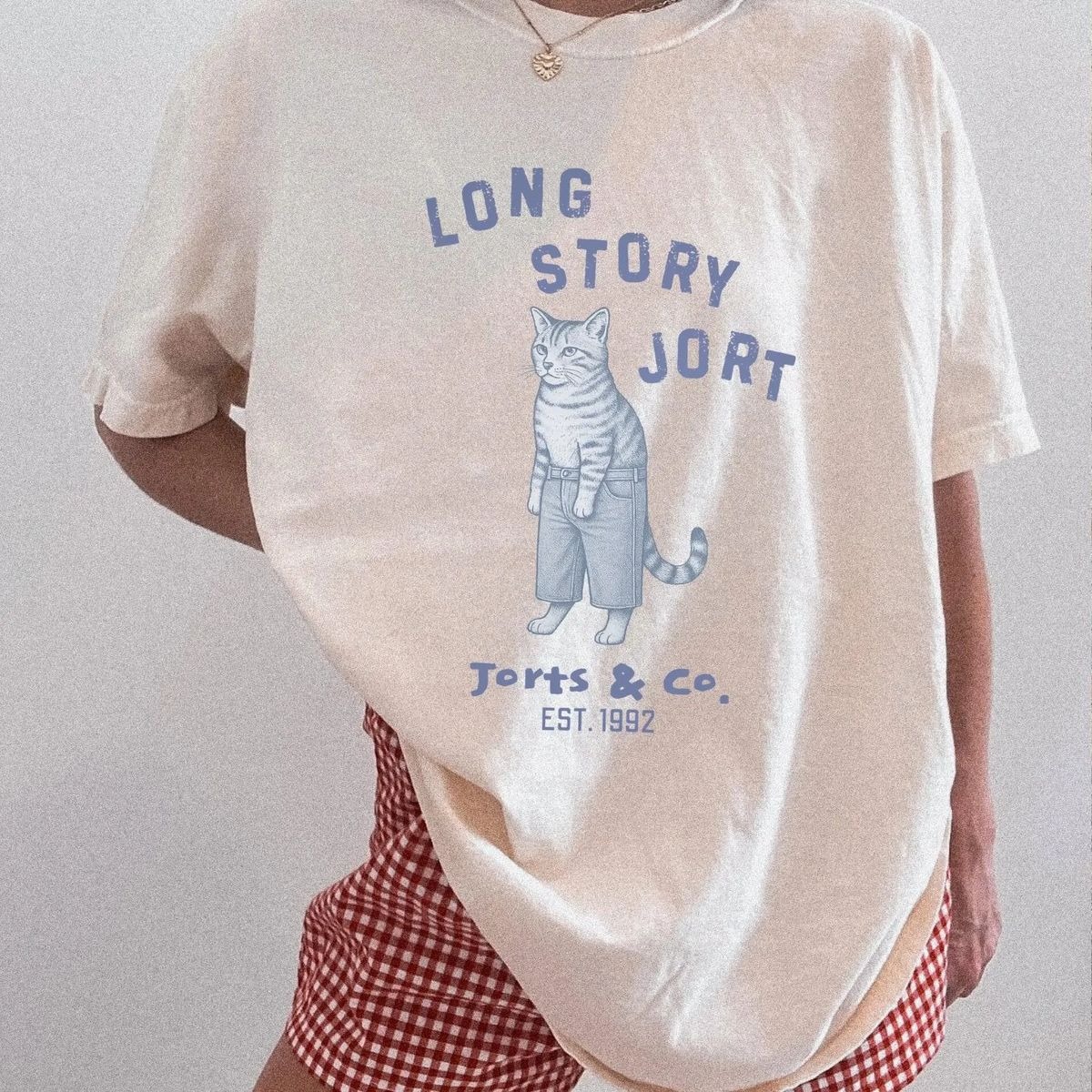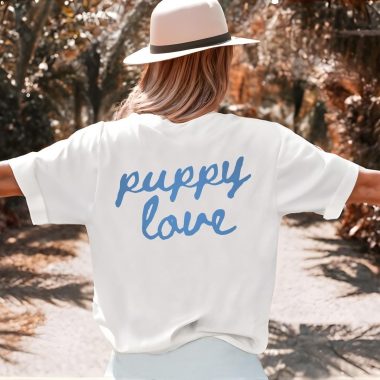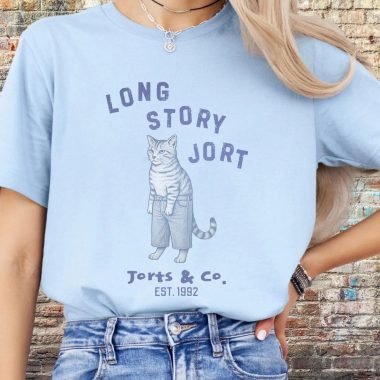Fashion is a phenomenon so omnipresent and deeply embedded in human civilization that it is often taken for granted. People dress every day, not always realizing that their clothing choices are acts of communication, cultural participation, historical continuity, and even resistance. From ancient ritual garb to modern virtual fashion, the concept of clothing has grown from a utilitarian tool into one of the most expressive and powerful elements of human life. It connects individuals to their past, expresses values in the present, and imagines possibilities for the future. Fashion is not merely about what people wear, but about how they live, what they believe, and how they wish to be seen. Its role is so vast that no other form of human creativity, except perhaps language, touches every person’s daily life with such consistency, intensity, and emotional resonance.
To grasp the magnitude of fashion’s impact, we must first understand its relationship with human identity. Clothing is one of the first visual markers people use to define themselves and others. A person’s attire signals not just gender or social class, but mood, taste, profession, age, ethnicity, and even political belief. From birth to death, clothing marks significant milestones: christening gowns, school uniforms, wedding dresses, graduation robes, business suits, and mourning veils. These garments are not merely symbolic; they carry emotional weight, embodying personal transitions and shared cultural rituals. In this way, fashion becomes part of the life journey, stitched into memory and experience.
Fashion is also deeply entangled with history. Archaeological finds, such as the pleated linen of ancient Egyptian tombs or the beaded regalia of indigenous American tribes, tell us how people once lived, worked, celebrated, and worshiped. Paintings from the Renaissance period offer visual records of how the elite used fashion to display their wealth and intellect, while political cartoons from the French Revolution show how clothes became tools for satire and dissent. In every era, the prevailing fashion speaks volumes about the values, anxieties, and aspirations of society. The simplicity of wartime utility clothing, the exuberance of post-war haute couture, and the digital prints of contemporary streetwear all reflect the realities of their times.
Through the lens of power and politics, fashion has always played a strategic role. In royal courts, garments were carefully constructed to project authority and divine right. Monarchs such as Elizabeth I of England used fashion to emphasize their untouchable status, wearing elaborate ruffs, rich velvets, and gold embroidery that emphasized distance between the sovereign and the common people. In colonial contexts, European fashion was imposed on colonized populations as a means of control and cultural dominance. Conversely, traditional clothing was preserved and worn as a form of cultural resistance, a silent but powerful declaration of identity in the face of forced assimilation. In more recent history, figures like Mahatma Gandhi used clothing as a political tool, promoting homespun cloth to reject British imports and inspire a sense of national unity. In each of these cases, fashion is not superficial—it is central to the struggle for self-determination.
Modern fashion has inherited these complexities and amplified them through global capitalism and media culture. The fashion industry today is a multitrillion-dollar economy with enormous influence over production, labor, communication, and the environment. Behind every designer label and high-street retailer lies a vast network of textile workers, supply chains, marketing teams, and digital influencers. Fashion dictates not only aesthetic trends but also economic rhythms. Fashion weeks in Paris, Milan, London, and New York dictate global trends, while emerging markets in Africa, Southeast Asia, and South America redefine the geography of style and innovation.
However, this economic and aesthetic power comes with significant responsibility. The rapid rise of fast fashion—characterized by cheap materials, exploitative labor, and unsustainable consumption—has triggered global conversations about ethical and ecological accountability. The image of fashion as a realm of luxury and aspiration has been challenged by the reality of underpaid garment workers, toxic dye processes, and landfill-clogging textile waste. Increasingly, consumers demand transparency and responsibility. Activists, designers, and brands are exploring alternatives such as slow fashion, zero-waste design, upcycling, and digital clothing. New business models encourage buying less, choosing better, and valuing durability over disposability. In this era, sustainability is not a trend—it is an imperative.
Technology has further accelerated fashion’s transformation. The rise of e-commerce and social media has completely reshaped the way people discover, consume, and discuss fashion. Platforms like Instagram and TikTok have democratized influence, giving voice to diverse communities and challenging traditional gatekeepers. Trends now emerge from street corners, subcultures, and online communities rather than solely from luxury catwalks. Virtual influencers, augmented reality fitting rooms, and blockchain-authenticated garments represent the next frontier, where fashion is not just worn but experienced digitally. These innovations prompt profound questions about authenticity, identity, and value in a world where appearances are curated and reality is augmented.
Despite these futuristic developments, fashion’s fundamental power still lies in its human dimension. It remains a deeply emotional and symbolic practice. People dress to remember, to honor, to seduce, to comfort, to provoke. A child wearing their parent’s coat, an immigrant wearing traditional dress on foreign soil, a couple wearing matching outfits to signal unity—these are acts of connection and meaning that transcend trends. Fashion often provides stability in unstable times. During pandemics, economic crises, or political upheaval, the act of getting dressed can serve as a ritual of resilience. Even when the world is in chaos, putting on an outfit becomes a way to claim dignity, control, and hope.
Fashion also serves as a potent site for the exploration and affirmation of gender. Historically, Western fashion divided men and women into rigid categories, prescribing specific silhouettes, colors, and accessories for each gender. Yet these norms have never been universal or permanent. In many cultures, garments like the Indian sari, the Scottish kilt, or the Japanese kimono have long been worn by people across gender lines. Today, gender-fluid fashion is gaining global visibility, with designers creating collections that reject binary norms. Runways, advertisements, and retail spaces are becoming more inclusive, showcasing androgynous, non-binary, and transgender models. This evolution is not just aesthetic—it is political, psychological, and deeply human. It allows people to express who they truly are without fear or shame.
Fashion’s capacity to include, empower, and transform is perhaps most evident in the celebration of cultural heritage. For centuries, dominant fashion systems ignored or appropriated styles from indigenous, African, Asian, and Latin American communities. Today, there is a conscious movement to honor these traditions by giving credit, visibility, and creative control back to the original cultures. Designers are collaborating with local artisans, reviving ancient techniques, and sharing stories that had long been marginalized. Through this process, fashion becomes a bridge between past and present, local and global, tradition and innovation.
Fashion is also a site of storytelling. Designers often describe their collections as narratives, with each piece contributing to a larger theme. A collection inspired by childhood memories, ancestral rituals, or futuristic fantasies becomes a wearable story that invites interpretation. Similarly, individuals use fashion to write their own stories every day. A leather jacket passed down from a parent, a scarf picked up during a solo trip abroad, a dress worn on a first date—these garments are repositories of memory and emotion. They are silent witnesses to life’s joys, challenges, and transformations.
In education, fashion has increasingly been recognized as a multidisciplinary field. Scholars and students study fashion through the lenses of sociology, anthropology, history, psychology, economics, and environmental science. Fashion museums and exhibitions attract millions of visitors, revealing the public’s deep fascination with how people have dressed through time. Films, novels, and documentaries centered around fashion—such as The Devil Wears Prada, Phantom Thread, or McQueen—have shown the complex personalities, pressures, and passions that drive the fashion world. Through art, media, and academia, fashion continues to shape and reflect cultural consciousness.
The future of fashion will depend on how well it can balance innovation with responsibility. As artificial intelligence, biotechnology, and digital platforms become more sophisticated, the possibilities for design and experience are limitless. Yet, fashion’s soul will remain rooted in craftsmanship, storytelling, and human connection. The most impactful garments will not necessarily be the most technologically advanced or expensive, but the ones that carry meaning, memory, and vision. Whether made by hand or machine, whether worn in physical or virtual spaces, fashion will continue to be a mirror of who we are and who we aspire to become.
In conclusion, fashion is not a trivial distraction or a passing trend—it is a profound human practice that intersects with every major dimension of life: identity, culture, power, art, environment, and technology. It records history, expresses emotion, and imagines futures. It has the power to divide or unite, to exploit or empower, to deceive or reveal. Fashion is not only worn—it is lived. Through it, people write their stories, wear their values, and walk through the world not just clothed, but defined. As long as human beings exist, fashion will continue to evolve, adapt, and endure—not simply because people need clothes, but because they need meaning. And in that meaning lies the true beauty of fashion.



